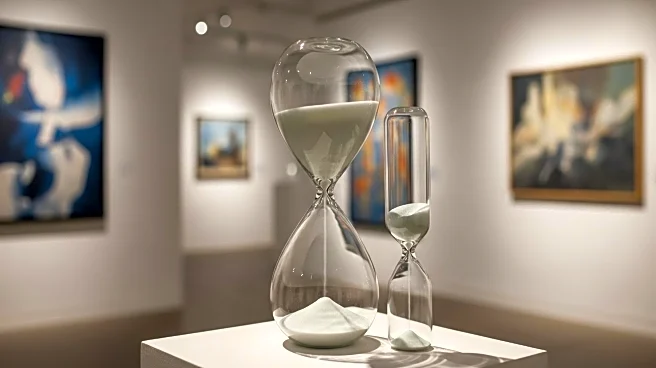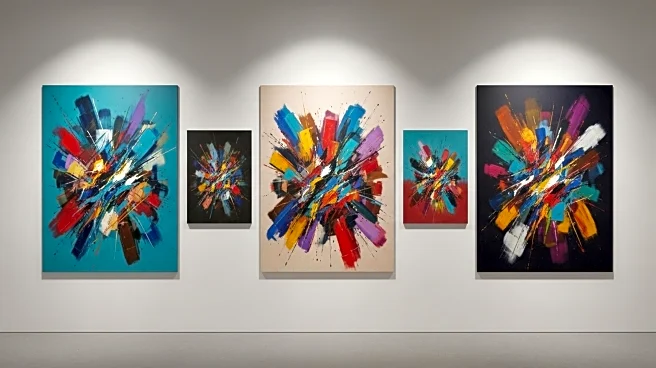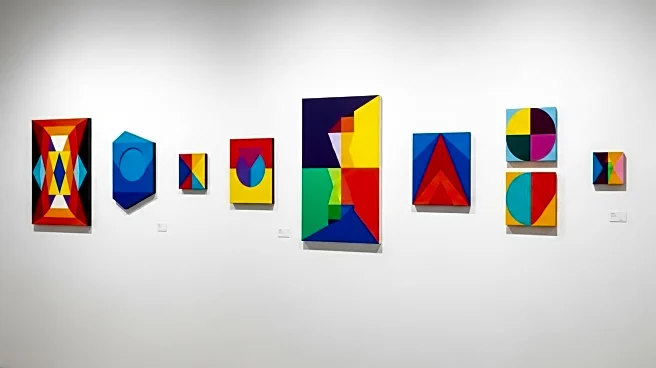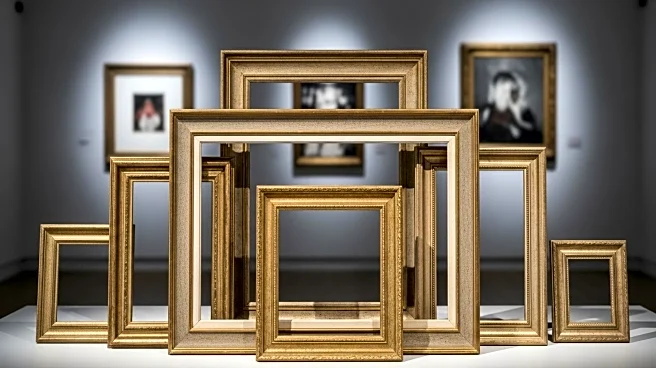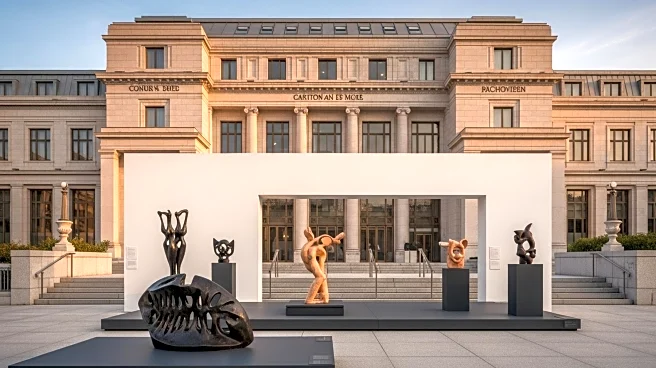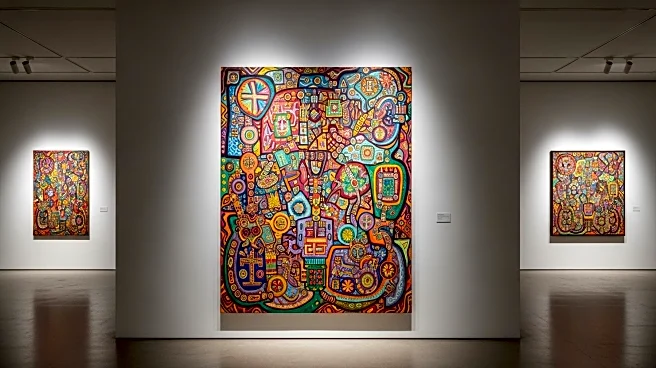What is the story about?
What's Happening?
Tehching Hsieh, an artist known for his extreme performance art pieces, is the subject of a retrospective at Dia Beacon in New York. The exhibition, opening on October 4, features Hsieh's iconic yearlong performance where he lived in a cage from September 30, 1978, to September 30, 1979. During this time, Hsieh refrained from speaking, reading, writing, or leaving the enclosure, relying on a friend to deliver meals and remove waste. The retrospective includes the original cage setup, complete with the sink, mirror, and toiletries used during the performance. Hsieh, now 74, ceased creating art in 2000 and spent years contemplating how to present his work, eventually finding a home for the retrospective at Dia Beacon.
Why It's Important?
Tehching Hsieh's retrospective at Dia Beacon offers a unique insight into the world of performance art, challenging traditional notions of art and endurance. Hsieh's work is significant for its radical approach, pushing the boundaries of physical and mental endurance in art. The exhibition provides an opportunity for audiences to engage with the complexities of performance art and its impact on the artist and viewers. It highlights the importance of preserving and presenting avant-garde art, ensuring that groundbreaking works continue to inspire and provoke thought. Hsieh's retrospective may influence contemporary artists and art institutions to explore unconventional methods and themes.
What's Next?
The retrospective at Dia Beacon is set to run for two years, allowing ample time for art enthusiasts and scholars to explore Hsieh's work. The exhibition may spark discussions on the nature of performance art and its role in the broader art landscape. As audiences engage with Hsieh's work, there may be increased interest in performance art as a medium, potentially leading to new exhibitions and retrospectives of similar artists. Art institutions may consider expanding their collections to include more performance art pieces, recognizing their historical and cultural significance.
AI Generated Content
Do you find this article useful?
